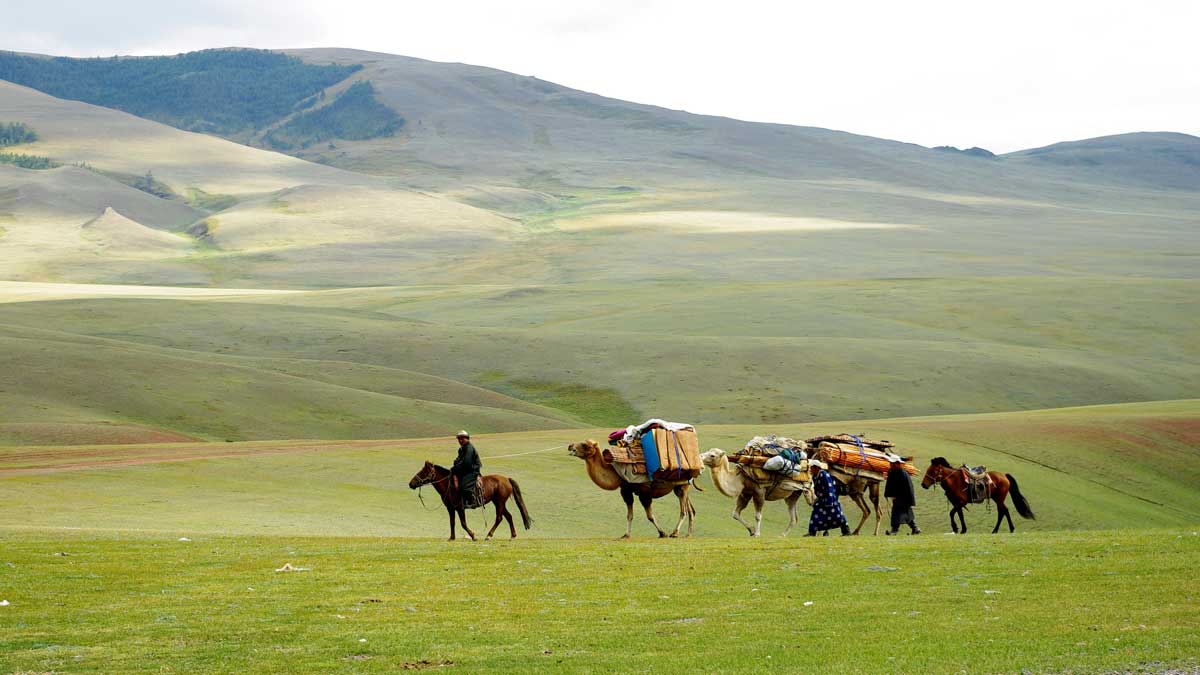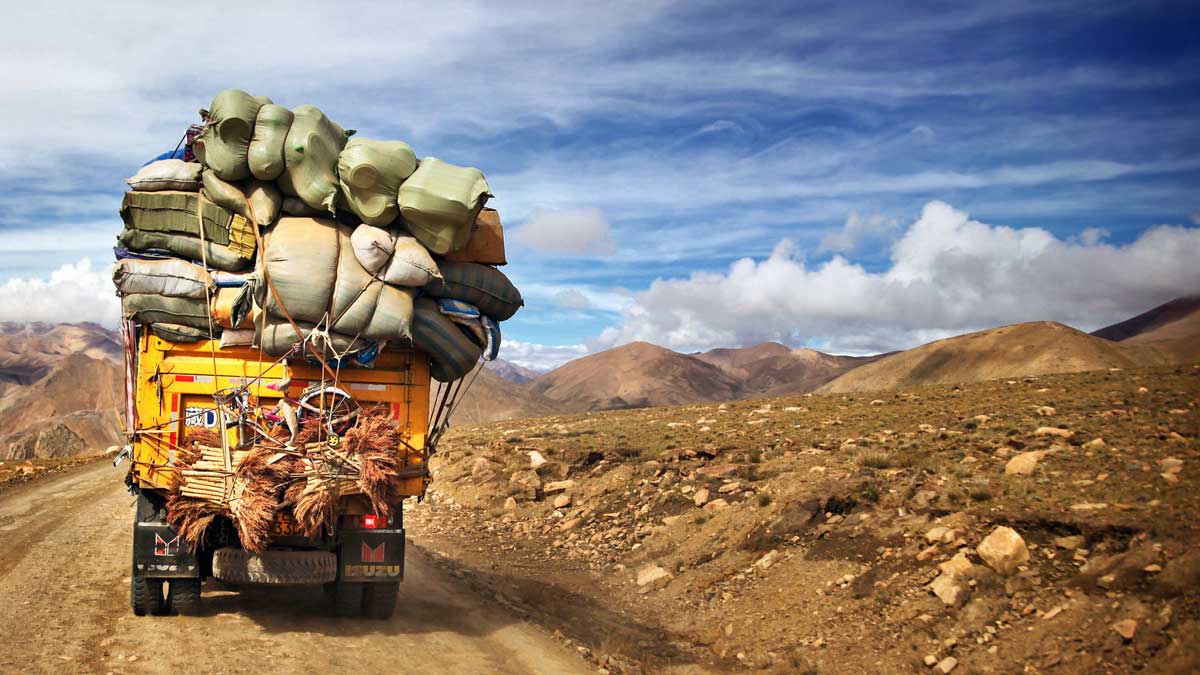
Migration and tuberculosis
A common denominator for migration anywhere in the world is that people cross borders where there are great differences in the health services offered and the clinical burden. This may also apply in individual countries, where there is a high degree of migration from the country to the cities, or a large internally displaced population.
There are many reasons that the scope of migration in the world is greater now than ever before in history. If all of the migrants populated a separate territory, this would represent one of the most populous countries in the world. Poverty, conflict and war cause people to flee, but a lot of the migration is attributed to globalisation and open labour markets. The mining sector in southern Africa and the textile industry in Bangladesh are typical examples.

Several risk factors for migration
A common denominator for migration anywhere in the world is that people cross borders where there are great differences in the health services offered and the clinical burden. This may also apply in individual countries, where there is a high degree of migration from the country to the cities, or a large internally displaced population.
Tuberculosis is an interesting disease in this context, because migrants are often exposed to risk factors such as poverty, living in cramped quarters and poor access to health services. Language and cultural problems or other barriers may prevent them from obtaining help. In general, people travel from places with a higher incidence of tuberculosis than the place they are travelling to.
Treatment of tuberculosis takes a long time, and the medicines must be administered daily. It goes without saying that treatment interruptions occur if people are on the move. Thus the risk that they will die without treatment increases, or that multi-resistant tuberculosis occurs.
Read more about multi-resistant tuberculosis.
Contracting tuberculosis – a social disaster
Most countries have drafted legislation to protect against infectious diseases. This is to ensure access to diagnosis and treatment for individuals who are sick, as well as to protect society against the unnecessary spread of disease. Often one has to be a citizen of the country or have private insurance to obtain help. In many places work permits will be lost if one is sick, which entails the risk that workers will hide that something is wrong for as long as possible in fear of being sent home.
Very few countries have sick benefits and social support schemes, and thus it is a financial and social disaster to acquire tuberculosis or HIV.
 Immigrants may not receive help when they have tuberculosis because of language or cultural problems, for example.
Immigrants may not receive help when they have tuberculosis because of language or cultural problems, for example.
This is done in Norway
The Norwegian authorities make provisions so that anyone who is diagnosed with tuberculosis on Norwegian territory shall be ensured of a free diagnosis and complete treatment, regardless of their legal status. The Norwegian authorities have followed up recommendations from the International Tuberculosis Union, which recommends safeguarding the rights of migrants to tuberculosis treatment in this way.
Most cases of tuberculosis are discovered when an individual who is sick visits the public health service with symptoms and is then diagnosed and treated. If the patient has infectious pulmonary tuberculosis, health checks will be performed in the patient’s social circles – both at work and at home – to check whether other people have been exposed and may require follow-up.
Mandatory screening in Norway
In Norway, a decision has also been made to screen all refugees and asylum seekers after they have arrived in the country. Both reunified families and labour migrants from countries with a high incidence of tuberculosis are followed up if they are to remain in Norway for more than three months. This is generally a check-up that applies to everyone, completely independent of symptoms and personal risk factors.
Read more about tuberculosis, symptoms and screening here.
The average survey of the incidence of tuberculosis in the entire population conceals the fact that the probability of tuberculosis is much greater in certain groups than in others. Most of those who receive a diagnosis in Norway were not born in this country.
Also in countries with relatively low tuberculosis numbers, migrants represent a large portion of this number. Therefore it is not such that Norwegian tourists who travel to London need to concern themselves about acquiring tuberculosis when they go shopping on Oxford Street, even though the English metropolis has now been pointed out as “Western Europe’s tuberculosis capital”.
Stigma and discrimination
Tuberculosis is associated with stigma and discrimination, prejudices and exaggerated fear of infection everywhere. The effect of screening is also debated, compared with measures that ensure that people with the disease are diagnosed and treated quickly. Countries in Europe have very different rules for this. It is therefore important to have logical and comprehensible information that is understood by those in question.
 It is important that patients with tuberculosis are identified and assured that they will receive good treatment and that there is no risk of being expelled from Norway even if they are sick.
It is important that patients with tuberculosis are identified and assured that they will receive good treatment and that there is no risk of being expelled from Norway even if they are sick.
The notice from the public health service must point out that the purpose of the screening is completely routine and mandatory in Norwegian working life, and that there is no specific reason to suspect the presence of disease. Notice must also be given that if anything is detected, it will be followed up free of charge and treatment will be received if a disease is identified. It is especially important to inform them that they will not be expelled from Norway if they require treatment for tuberculosis.
Read more about stigma and tuberculosis here.
